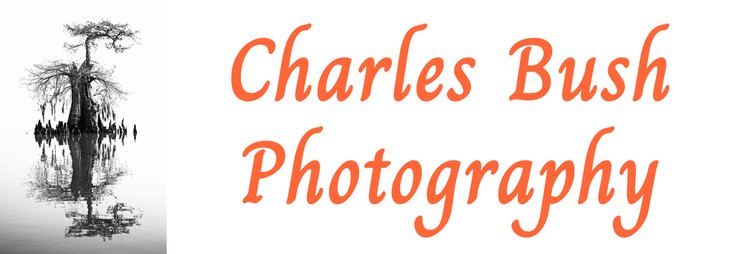The Problem
Earlier this year I upgrade my camera bodies for the first time in 7 years. While the new equipment opens up new opportunities, over 7 years much of what I need to do with the camera has become virtually automatic. In fact it's so automatic, while I can do it with the camera in hand without thinking, if someone asks me how to do it, I can't explain without looking at the camera. For me, my best work comes when I essentially become one with the camera. In the course of a shooting session I may need to evaluate or change any or all of the following:
- Shutter speed
- Aperture
- ISO Sensitivity
- Exposure Metering
- Metering Mode or Spot
- Autofocus Mode
- Mirror Lockup
- Bracketing Options
- Displaying the previous image
- Checking for highlight clipping
With my old equipment I didn't need to look at the camera to do any of these, now for those things that changed, I have to think about and look at the camera to accomplish the change. When trying to capture fast moving shots of birds, this is not the best way to get the shot.
Fortunately the Shutter Speed and Aperture knobs were in the same place, so my most frequent actions require no change. The default setting for the meter however changed from lower exposure to the left and higher to the right. Fortunately this can be changed in the camera menu to provide an identical display as before. However, everything else I frequently need to do has been changed, as well as several other beneficial functions I would like to be able to perform without thinking as well.
Theory
There are two very good articles in Wikipedia that cover this in depth. One on Muscle Memory and another on Procedural Memory. Essentially through practice, a person can change the part of the brain required to complete a task such that the task can be completed subconsciously. It is also possible to learn the same thing by visualizing the task without actually performing it and repeating this in your mind over and over. There are three Phases in the process:
- Cognitive - where an understanding of the skill is understood
- Associative - where with practice the skill is learned
- Autonomous - where the skill becomes automatic
In Practice
Therefore to be able to perform all the tasks in an automatic way, the following procedure is required for each task: 1. Detail exactly what needs to be done step by step 2. Practice these steps until they can be completed without looking at the camera 3. Continue practicing until you don't have to think about what you need to do
Other Considerations
In addition to the controls changing when you're upgrading cameras, muscle memory can be a factor in using a backup or secondary camera different from your primary. My previous primary camera was a D2X and I had a D200 backup. The position of the D2X display button was the menu button on the D200. I frequently hit the menu button thinking I would display the last image only to get the menu on the D200. Many professionals make it a point to have two identical cameras to avoid exactly this problem.
In addition to committing camera controls to muscle memory, procedural memory can also be helpful when composing an image. For example, a typical problem with beginning nature photographers is composing with the subject dead center in the image, automatically checking that this is not the case is an essential skill, as is making sure the horizon is level and checking the outside on an image frame when making a landscape.
Conclusion
Photography is a lot like playing a musical instrument. Practice and repetition on a consistent basis is the key to capturing the best images. Fortunately that practice does not require you to go to exotic locations, your backyard or even your living room will do just fine. In fact for many tasks you don't even need to click the shutter. Some time spent documenting and practicing the key procedures on a daily basis can pay dividends on your next photo trip.

